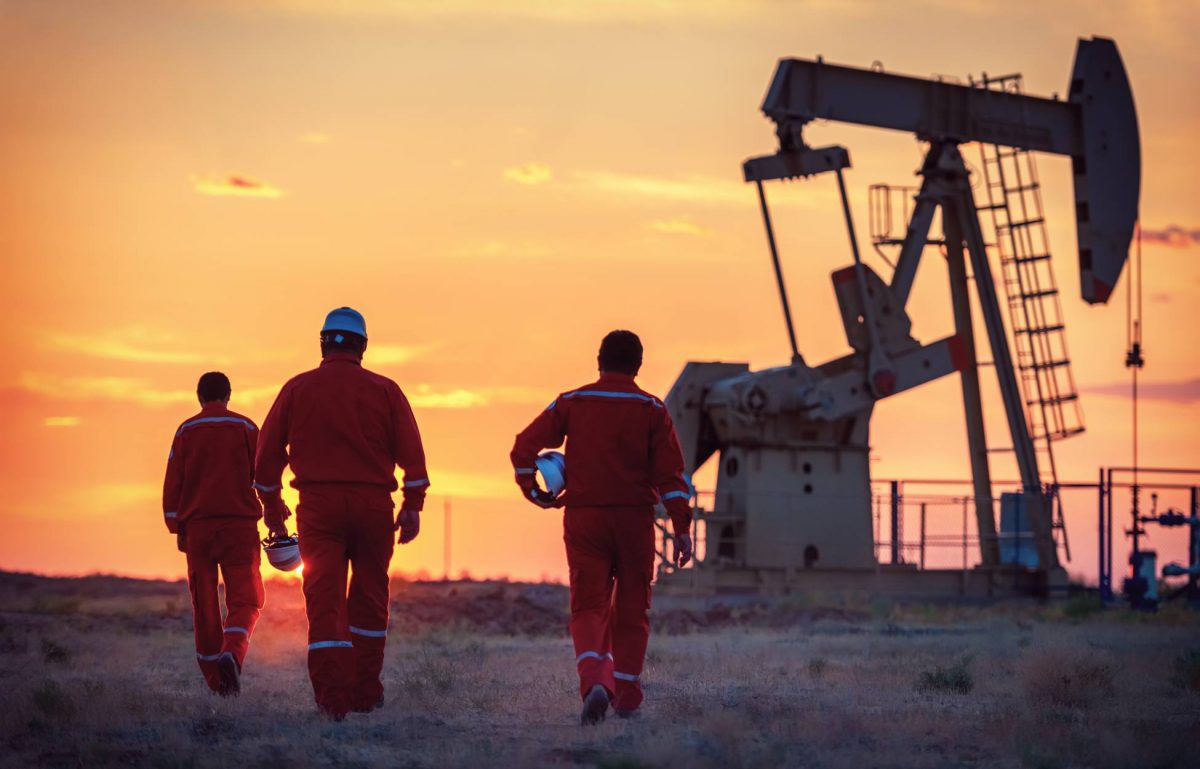Oilfields play an important role in powering our world. However, what does it really take to keep these giants running smoothly and safely? Understanding the essentials of oilfield operations is key, whether you’re a seasoned oilfield worker or just curious about the industry. Discover six important things that every oilfield needs to operate successfully.
Drill Rigs
Drill rigs are at the core of any oilfield operation. These monstrous machines allow us to tap into the earth’s crust, reaching the valuable oil and gas reserves hidden below. There wouldn’t be an oilfield to speak of without them.
Drill rigs come in various sizes and types, each suitable for different depths and drilling conditions. They are the starting point of the extraction process, making them the heartbeat of the entire operation.
Pumps and Compressors
Once you drill into the ground, the next step is to move extracted fluids where they need to go. This step is when pumps and compressors come into play. Centrifugal pumps are common tools for moving liquids through pipelines, while positive displacement pumps handle thicker fluids more efficiently.
Compressors are equally vital. They maintain the necessary pressure in oil and gas wells to ensure continuous production and safe transportation to storage or processing facilities.
Storage Tanks and Wellhead Equipment
Storage tanks and wellhead equipment are important things that every oilfield needs because they provide a temporary home for the oil and gas before they head off to refineries or distribution centers. No one wants to mishandle or waste valuable resources after working hard on the extraction process.
Control is just as important as storage, and wellhead equipment excels in this area. It acts as the brain at the well’s surface, ensuring workers can accurately manage everything from pressure to flow, preventing any unwelcome surprises.
Valves, Manifolds, and Gas Flaring Equipment
Prioritizing safety is essential in an environment as volatile as an oilfield. Valves and manifolds guard fluid flow, ensuring smooth and safe movement. Additionally, gas flaring equipment actively burns excess gas off in a controlled manner, maintaining safety on the site.
Water Pits
You might wonder why oilfields need water pits, especially since the industry focuses on oil and gas. However, water pits are vital for cooling machinery and providing a resource for firefighting in the event of an emergency. They also help maintain the overall safety and efficiency of oilfield operations. For example, water pits assist in managing wastewater from drilling and production processes, ensuring that the oilfield’s operations do not harm the surrounding environment.
Safety Equipment
Last but certainly not least is the safety equipment. These tools are the last line of defense between workers and hazards in an oilfield, from fire suppression systems and personal protective equipment (PPE) to gas detection systems. They ensure everyone can go home at the end of the day, which is, without a doubt, the most important thing of all.













